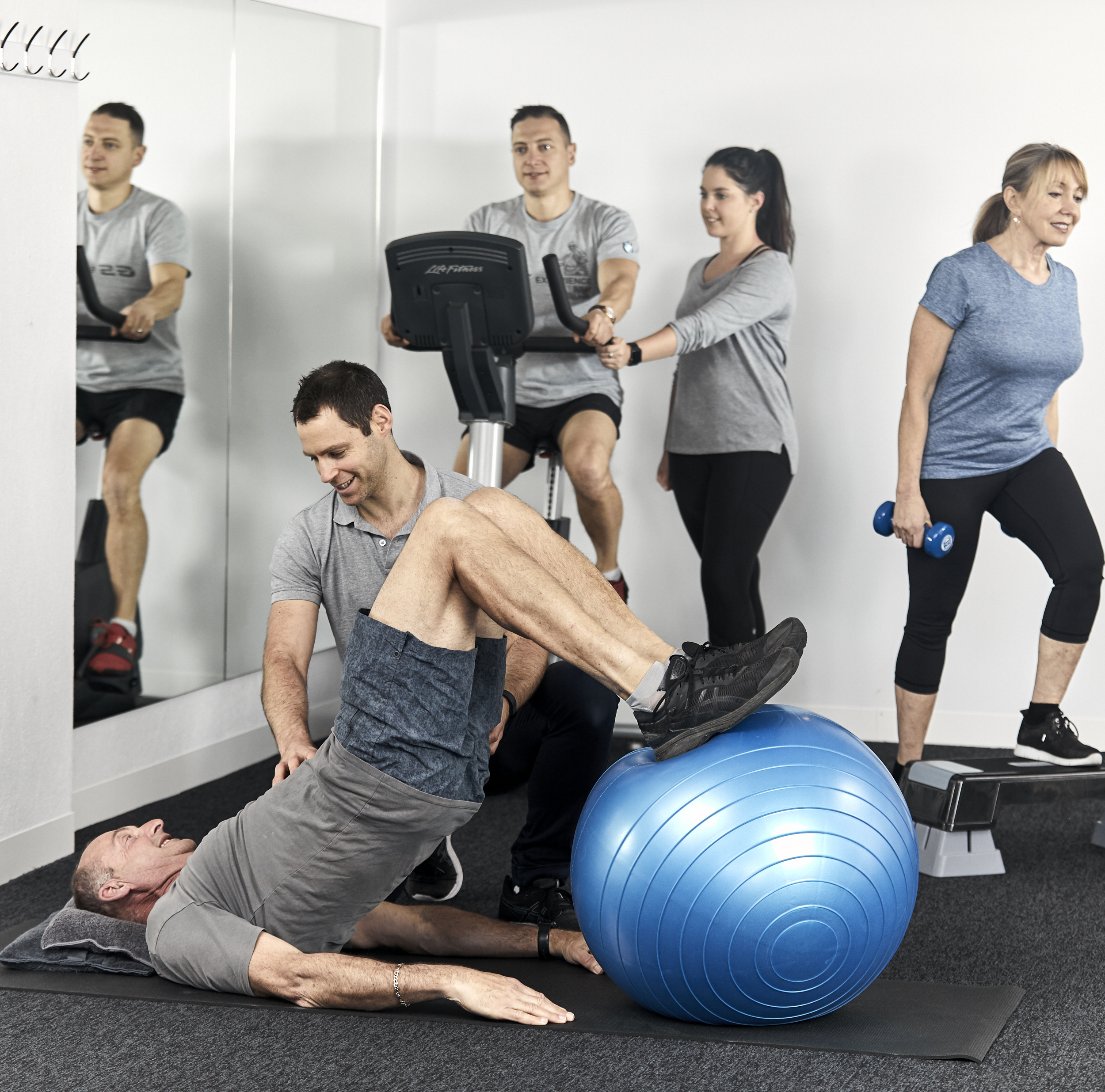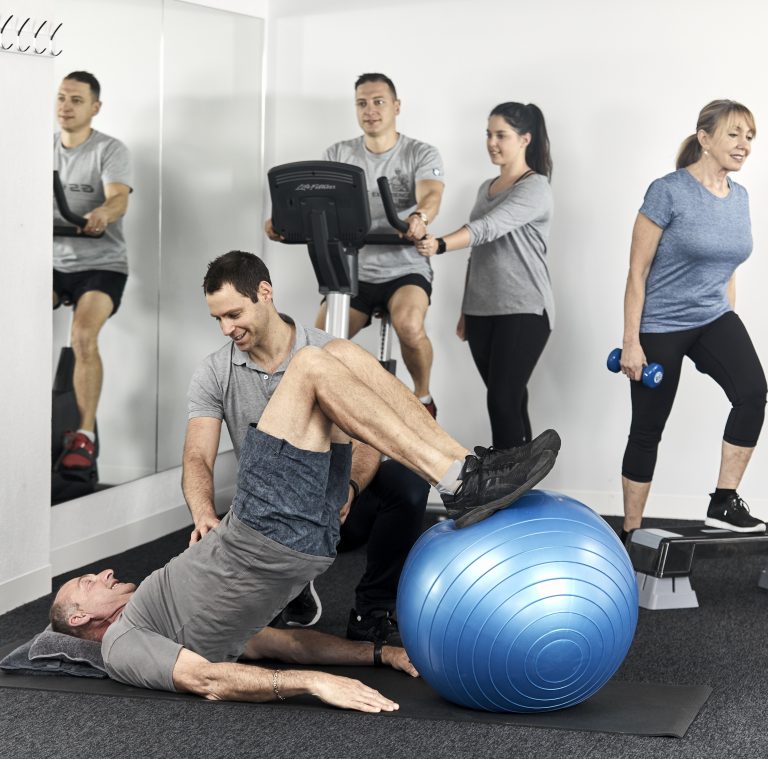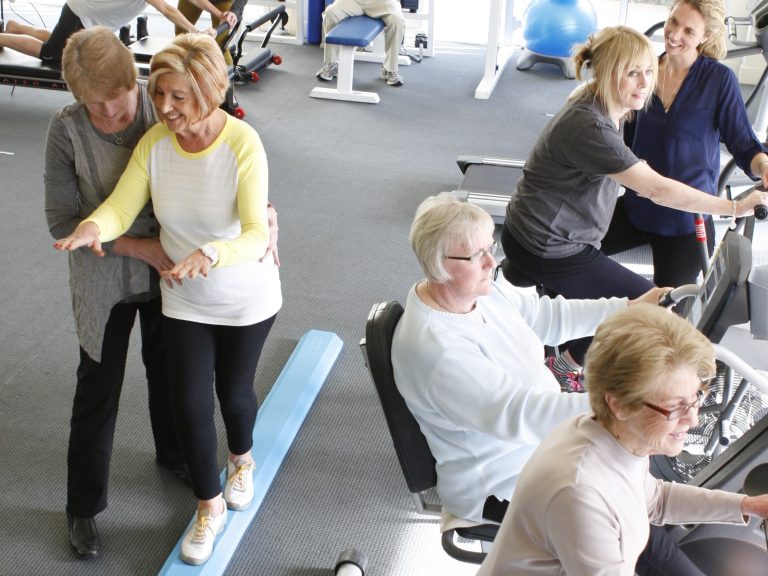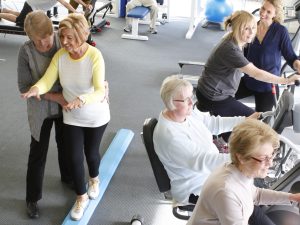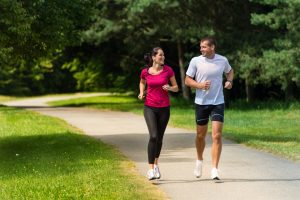At Platinum Physio, we are passionate about helping you stay active throughout the different stages of your life.
In those aged 50 years and over, 66% have osteoporosis or osteopenia, with over 1 million Australians having osteoporosis. Platinum Physio offers a tailored, evidence based program for those with conditions of low bone density, such as Osteopaenia and Osteoporosis.
What is Osteopaenia/Osteoporosis?
Osteopaenia and Osteoporosis are conditions characterized by low bone mass and deterioration of bone tissue, leading to increased fragility and susceptibility to fractures. Osteopaenia is indicative of a small loss of bone mass, and Osteoporosis is indicative of a larger loss of bone mass.
It is often referred to as the “silent disease” because it progresses without symptoms until a fracture occurs.
Osteoporosis primarily affects older adults, particularly women after menopause, but it can also affect men and younger individuals.
Exercise is vital in managing osteoporosis
Build your Bones Program at Platinum Physio
Exercise plays an important role in our bone health. Research has demonstrated that when it comes to our bones not all exercise is equal.
Bones benefit when a certain amount of impact or strain is placed on them making specific types of exercise most beneficial. The ability of an exercise to have an impact on bone depends on the specific way that stress is applied to the bone during the exercise.
Exercise is also important for the size, strength and capacity of our muscles which is essential to maintain mobility. Exercise must be ongoing to have a proper benefit.
What exercises are best for Osteoporosis?
There are 3 types of exercise which must be included in osteoporosis management:
- Weight Bearing Impact Loading:
Engagement in a wide variety of weight-bearing activities that will impart high impact forces on the bones, such as walking, jogging, dancing, stair climbing, jumping and hiking, promote bone growth. - Resistance Training:
Strength training with weights or resistance bands helps build muscle and improve bone strength by the muscles pulling against the bones as they are exercised.
High intensity resistance training (80-85% 1RM) is required to stimulate notable bone adaptation through muscle loading. Even people with markedly low bone mass who are highly deconditioned or frail (“high risk”) can strive for high intensity resistance training but should only do so with full supervision from a physiotherapist - Balance Training:
Due to the much higher risk of fracturing a bone with Osteoporosis, it is imperative to work on preventing falls. Balance exercises will improve lower extremity neuromuscular function and thus prevent falls. Activities like tai chi, yoga, and specific balance exercises enhance stability and reduce the risk of falls.
Key Considerations when exercising:
- The key to effective exercise for osteoporosis is supervision by trained experts
- Use it or lose it – gains in bone, muscle and balance from exercise will be lost if the exercise is stopped
- Assessment by a Physiotherapist is important prior to starting exercise, to ensure that any co-morbidities are factored into your exercise programming, as well as being able to start your exercise program at the right intensity for you
- It is recommended that Weight Bearing Impact Loading exercises and Resistance Training exercises are completed twice a week, and Balance Training exercises completed four times a week
To learn more, check out this podcast episode featuring our very own physio Rod Grof.

